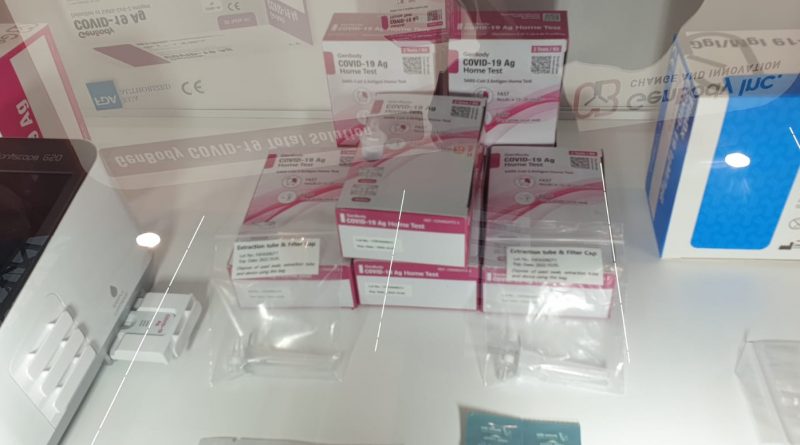COVID -19 IgM/IgG
Description
For rapid detection of IgG and IgM anti-SARS-CoV-2 (2019-nCoV) in 10-15 minutes during Covid-19. COVID-19 (coronavirus disease) is an infectious disease caused by the most recently discovered coronavirus, SARS-CoV-2 (2019-nCoV). The rapid test for the diagnosis of SARS-CoV-2 provides qualitative detection of IgG and/or IgM from human serum, whole blood or plasma in approximately 10-15 minutes.
The rapid tests are based on the principle of lateral flow immunoassay chromatography and are available in cassette form. The test is based on the separation of the components of a mixture through a medium using capillary force and the specific and rapid binding of an antibody to its antigen.
IgM and IgG are immunoglobulins produced by the immune system to provide protection against SARS-CoV-2. Therefore, anti-SARS-CoV-2 IgM and IgG can be detected in samples from affected patients. We offer various types of kits to detect IgG or IgM or both at the same time. We also offer kits containing just the cassettes and other complete kits for sampling and analysis. All these kits are for in vitro diagnostic use and can only be used by healthcare professionals.
What are the advantages of rapid tests:
- Fast detection in 10-15 minutes.
- High detection efficiency: simultaneous monitoring of IgM and IgG.
- Detection without any test equipment.
- Easy to operate and is compatible with serum/whole blood/plasma.
- Storage at room temperature.
What is the principle of rapid tests for SARS-CoV-2?
The test detects the presence of patient-generated antibodies against SARS-CoV-2, the virus that causes the disease COVID-19. The test can detect two types of antibody isotypes: IgG and IgM.
There are several types of tests, but the most common consists of fixing anti-human IgG and IgM antibodies to the surface of the cassette and coupling a virus antigen with colloidal gold particles. If the patient sample contains anti-SARS-CoV-2 antibodies, these antibodies will bind to the antigen present on the conjugation pad of the cassette and the complex formed will migrate to the membrane-bound anti-human IgG and/or IgM. Then a coloured band will appear.
The level of IgM antibodies begins to rise after 1 week after the initial infection, while IgG appears later than IgM (usually 14 days after infection) and can last for 6 months or even several years, which means that IgG serves as an indicator of the previous infection. Patients suspected of being infected with SARS-CoV-2 can be rapidly identified by simultaneous IgM and IgG monitoring. During the 2003-SARS and 2016-Zika outbreak periods, IgM/IgG antibody detection was used as one of the recommended diagnostic methods.
A sample can be positive if IgM, IgG, or IgM and IgG antibodies are present. There are different cassettes for rapid tests. In general, for the qualitative detection of IgG and IgM at the same time, there are 3 different lines: one for IgG, one for IgM and one for control. To be validated, this test must present a positive line for the control (C).
Results
IgM+ / IgG+: Recent SARS-CoV-2 infection
IgM+ / IgG-: Recent SARS-CoV-2 infection
IgM- / IgG+: Previous SARS-CoV-2 infection
IgM-/IgG-: No infection or not enough detectable antibodies in early infection

